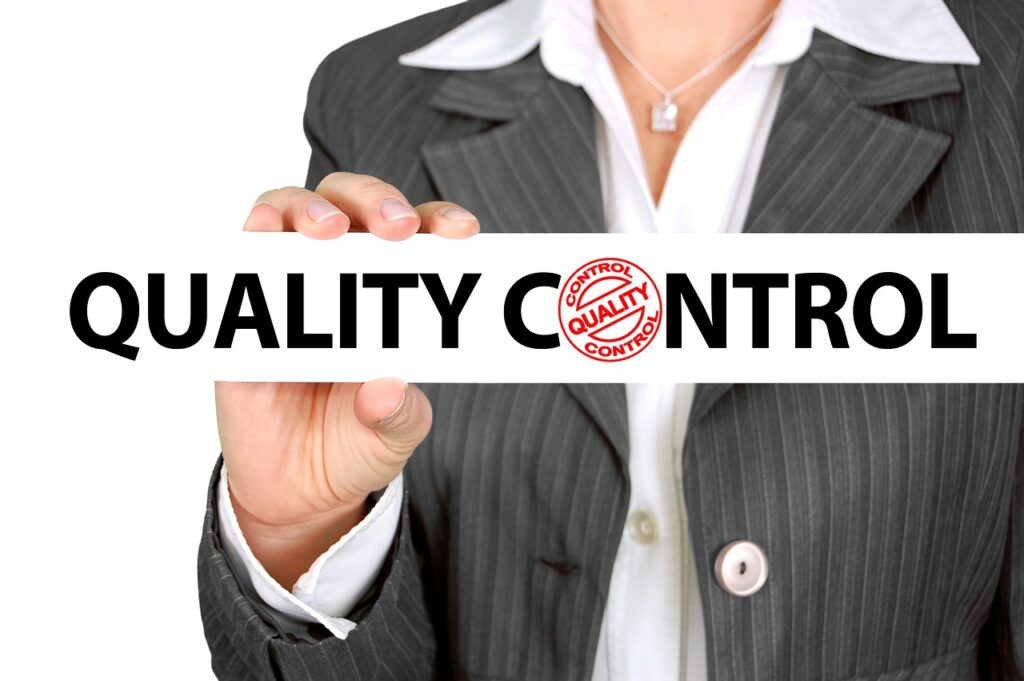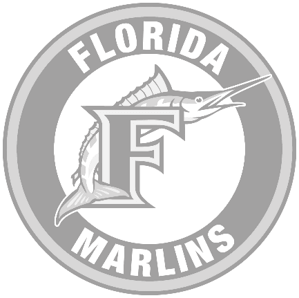Because a firm’s system of quality control (and whether it is adhered to) affects a firm’s peer review, it’s important to understand the peer review process and the AICPA standards for peer reviews. For firms subject to peer review, the AICPA Peer Review Board’s clarified Standards for Performing and Reporting on Peer Reviews (clarified standards) are effective for peer reviews commencing on or after May 1, 2022.
The clarified standards are intended to make peer review guidance easier to read, understand, and apply. The clarified peer review guidance is restructured into 11 PRC sections that are organized by user—peer reviewers,reviewed firms, or administering entities—and by type of review—system review or engagement review. While the clarified standards don’t substantially alter what was previously required, the most significant changes are as follows:
- Removal of the requirement for most system review procedures to be performed at the reviewed firm’s office. The extent of procedures will be determined by assessing peer review risk.
- Determining the number of office visits during a system review will also be determined by assessing peer review risk.
- Removal of the requirement for a surprise engagement during a system review, but a surprise engagement may still be selected based on the reviewer’s assessment of peer review risk.
- Removal of the requirement for including certain peer review documents related to Single Audit engagements with the materials for Report Acceptance Body (RAB) meetings. Administering entities may adopt policies to include such documents if desired.
- Removal of the guidance relating to performing and reporting on reviews of quality control materials.
- Removal of the term significant deficiency (applicable to engagement reviews only).
We’ll focus on revisions to the AICPA’s Peer Review Program Manual in an upcoming issue.




















